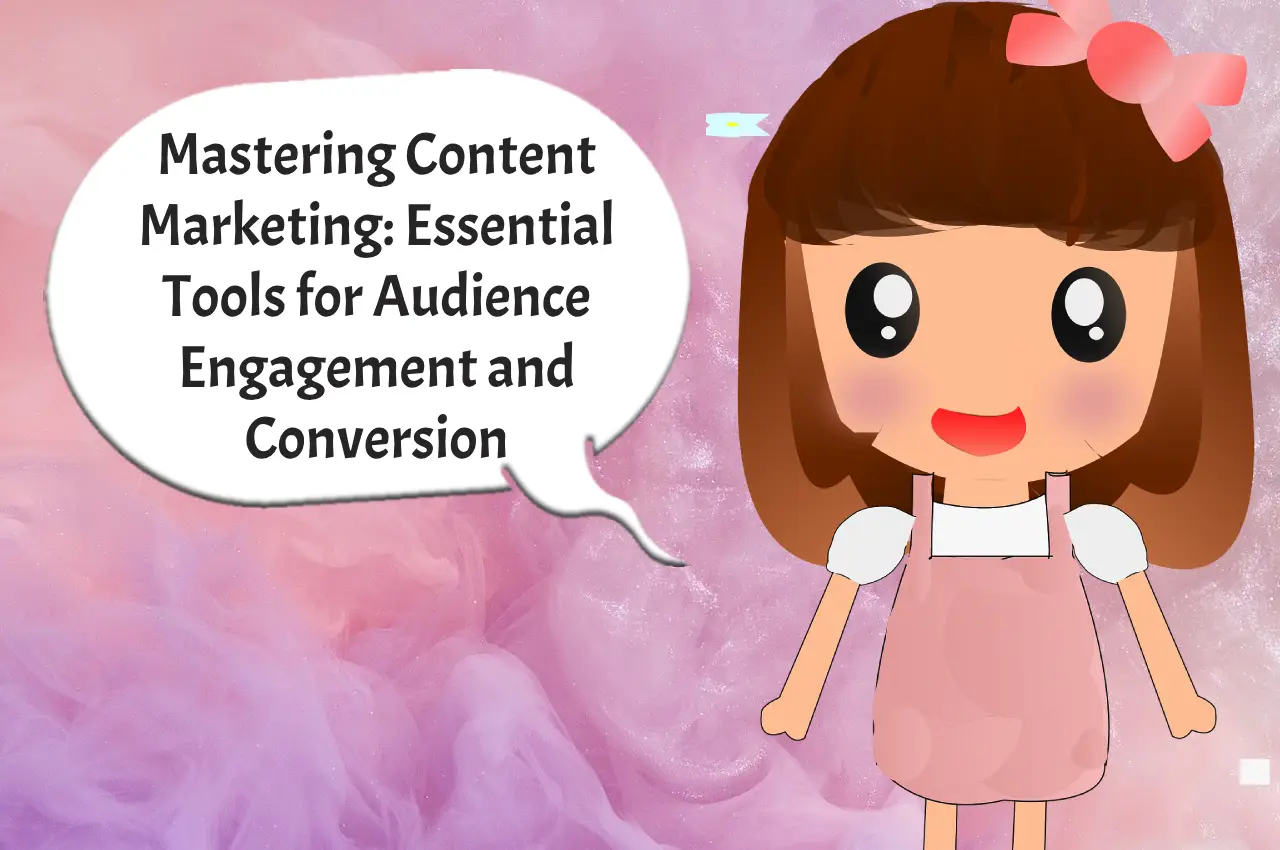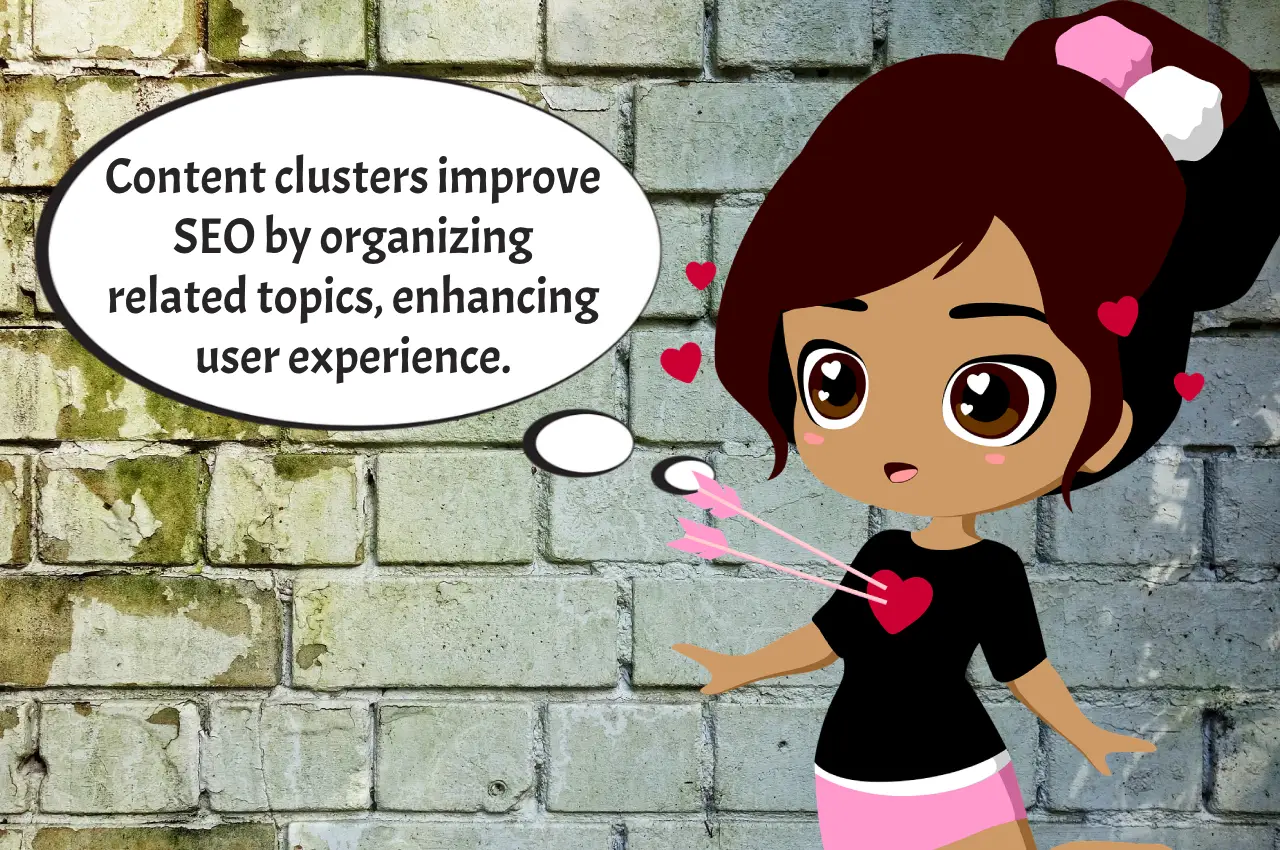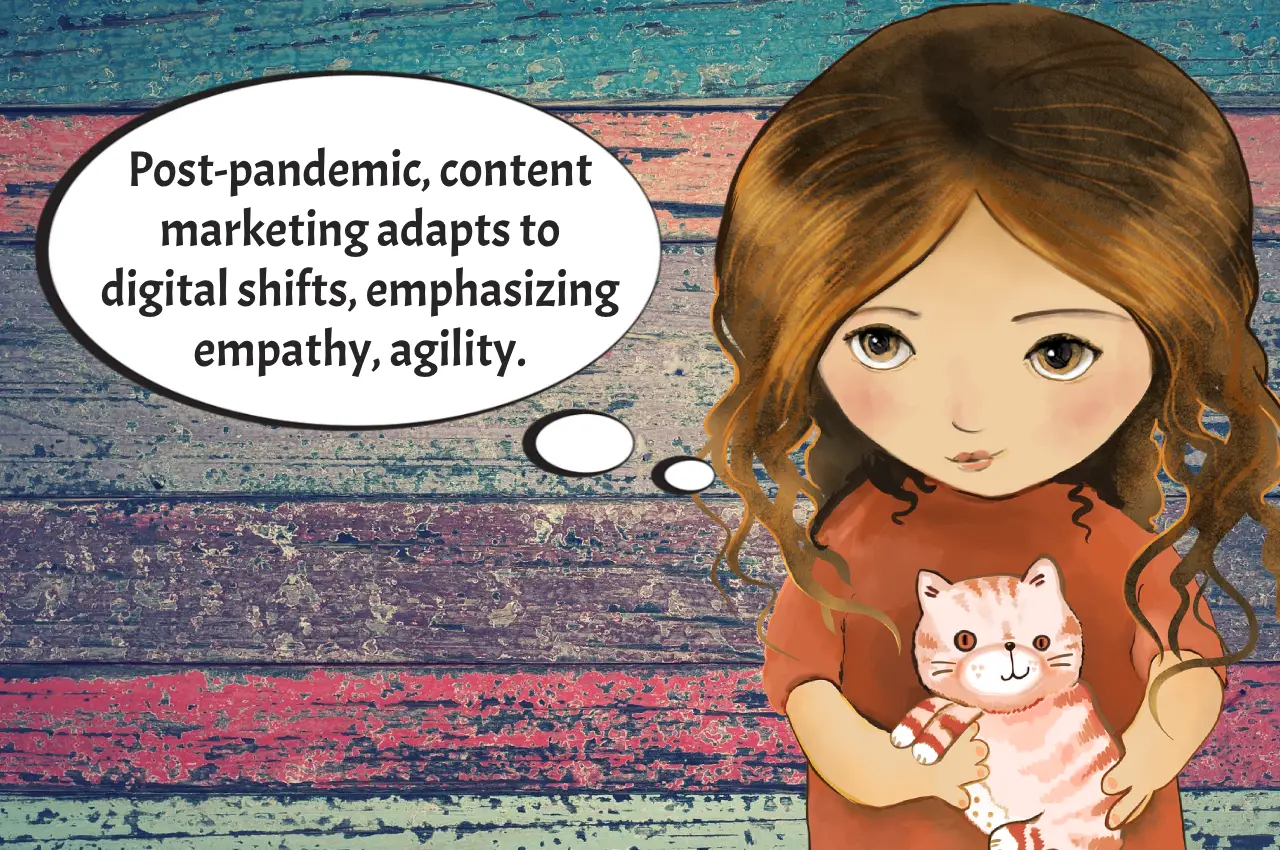Crafting content for the digital realm has evolved significantly over the years. In a world where attention spans are fleeting and the online landscape is constantly evolving, mastering the art of microcontent has become crucial for making a big impact. From social media posts to email subject lines, microcontent has the power to captivate, engage, and convert your audience. In this blog post, we’ll delve into the strategies and techniques for creating bite-sized brilliance that resonates with your audience and drives meaningful results.
Understanding the Essence of Microcontent
Microcontent, as the name suggests, refers to short, concise pieces of content that deliver a specific message or evoke a particular emotion. Unlike long-form content, which requires sustained attention and time commitment from the audience, microcontent aims to grab attention quickly and leave a lasting impression in a matter of seconds. This could include social media posts, email subject lines, headlines, captions, and snippets of text on websites.
The Power of Clarity and Conciseness
One of the key principles of effective microcontent is clarity. In a digital world inundated with information, clarity is paramount to ensure that your message is understood and retained by your audience. Keep your microcontent concise and to the point, avoiding unnecessary fluff or verbosity. Each word should serve a purpose and contribute to the overall impact of your message.
For example, consider the difference between these two social media captions:
“Check out our latest collection of trendy summer dresses! Available now at unbeatable prices.”
“Discover our chic summer dresses. Shop now for unbeatable prices!”
The second caption is more concise and impactful, conveying the same message in fewer words.
Harnessing the Power of Visuals
In today’s visually-driven digital landscape, incorporating visuals into your microcontent can significantly enhance its impact. Whether it’s eye-catching images, compelling videos, or engaging infographics, visuals have the power to grab attention and convey complex information in a digestible format. When crafting microcontent for social media or websites, consider pairing your text with relevant visuals to amplify your message.
For instance, a clothing brand promoting its latest collection could use striking images of models wearing the outfits to capture the audience’s attention and showcase the products in context.
Personalization and Relevance
Another critical aspect of effective microcontent is personalization and relevance. Tailoring your message to resonate with your target audience’s interests, preferences, and pain points can make your microcontent more compelling and impactful. Leverage data and insights to understand your audience’s demographics, behaviors, and preferences, and tailor your microcontent accordingly.
For example, an email marketing campaign that addresses the recipient by name and offers personalized recommendations based on their past purchases is more likely to resonate and drive engagement than a generic mass email.
Creating a Consistent Brand Voice
Consistency is key when it comes to building a strong brand presence online. Your microcontent should reflect your brand’s voice, personality, and values across all channels and touchpoints. Whether you’re posting on social media, sending out email newsletters, or updating your website, maintain a consistent tone and style that reinforces your brand identity and resonates with your audience.
For example, if your brand is known for its playful and humorous tone, infuse your microcontent with wit and charm to keep your audience engaged and entertained.
Optimizing for SEO
Incorporating relevant keywords into your microcontent can improve its visibility and discoverability in search engine results. Conduct keyword research to identify the terms and phrases that your target audience is searching for, and strategically integrate them into your microcontent. However, avoid keyword stuffing or sacrificing clarity and readability for the sake of SEO.
For instance, a bakery promoting its new gluten-free cupcakes could include keywords such as “gluten-free desserts,” “delicious cupcakes,” and “local bakery” in its social media posts and website content to attract potential customers searching for these terms.
Measuring and Iterating for Success
As with any aspect of digital marketing, measuring the performance of your microcontent is essential for optimizing your strategy and maximizing your impact. Track key metrics such as engagement, click-through rates, conversions, and return on investment to gauge the effectiveness of your microcontent efforts. Use these insights to identify what’s working well and what can be improved, and iterate accordingly.
For example, if you notice that certain types of social media posts are generating higher engagement rates, replicate those formats and themes in future content to capitalize on their success.
Embracing the Power of Microcontent
In conclusion, mastering microcontent is essential for making a big impact in today’s fast-paced digital landscape. By crafting clear, concise, and compelling microcontent that resonates with your audience, you can capture attention, drive engagement, and achieve your marketing objectives. Remember to prioritize clarity, leverage visuals, personalize your message, maintain a consistent brand voice, optimize for SEO, and measure your results to continuously improve and refine your microcontent strategy. Embrace the power of microcontent and unleash its potential to elevate your online presence and drive meaningful results.
What are your thoughts on microcontent? How do you use it in your digital marketing strategy? Share your experiences and insights in the comments below!





